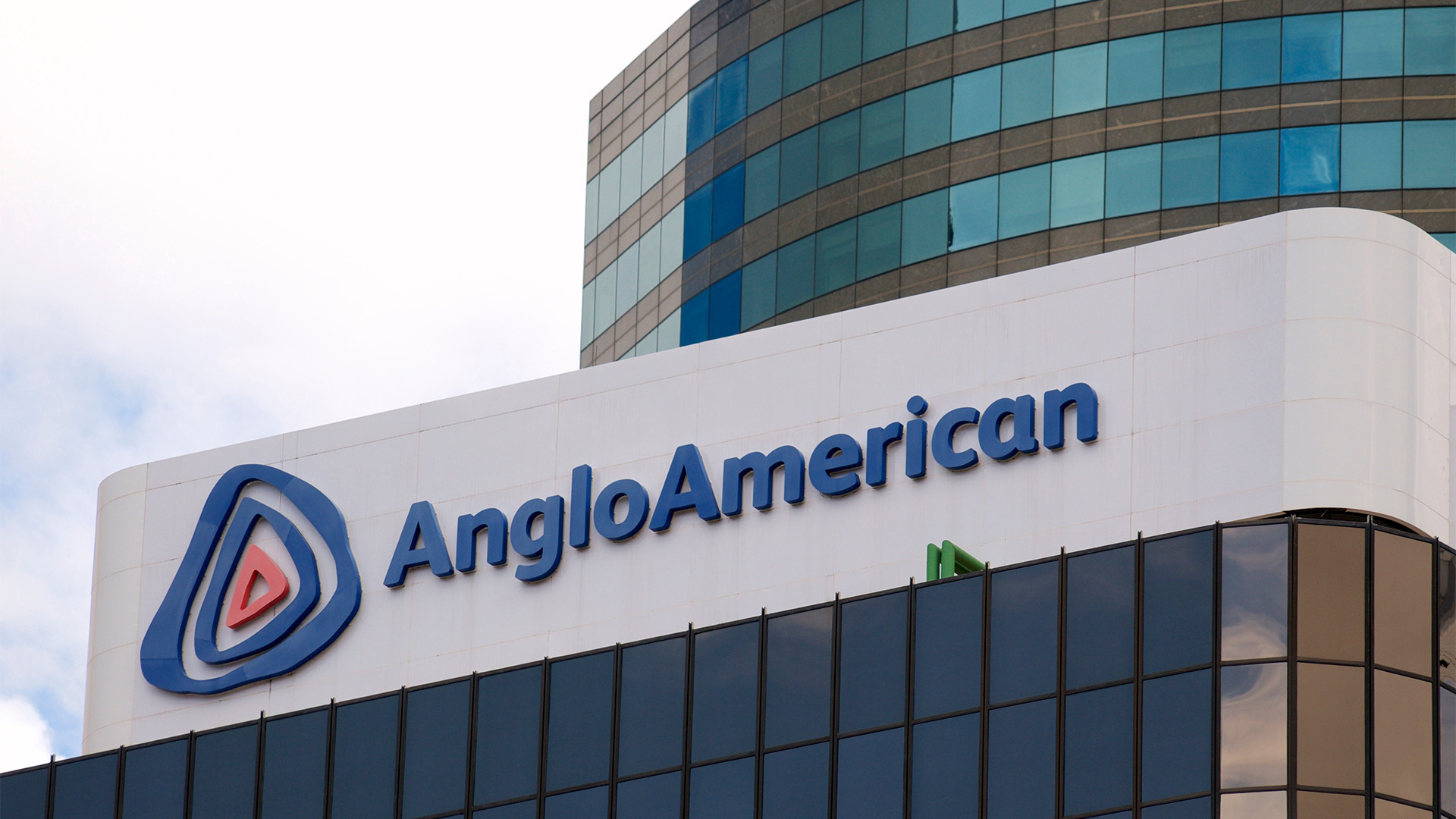There’s a feeling the changes at Woolworths (WOW) are not over after yesterday’s shock retirement (resignation?) of CEO Grant O’Brien and the ‘departure’ of the director of retail sales, Penny Winn, who will remain with Woolies until November.
On top of that the number of jobs cut has been pushed up to 1,200 from the 400 announced in the big revamp statement a month or so ago.
But that was already on top of 400 jobs cut earlier this year and not declared to the market until the profit downgrade and revamp was announced by Mr O’Brien, so the real cut is around 1,600 jobs.
Mr O’Brien’s departure from the job (he’s there until a new CEO is found, and will actually remain an employee until July 2016 to allow his super to vest) saw Woolies shares fall 0.9% at the opening yesterday on the ASX, then rise nearly 2.5% soon after, but the shares then slid slowly to end the day down a cent at $26.80 after a new a two and a half year low of $26.76 was touched on Monday, which was prescient given the weak June quarter performance revealed yesterday.
WOW vs WES 1Y – "No improvement" at Woolies

For the moment it seems nothing because Woolies has made it clear the new CEO will have freedom to review the strategy just adopted by Mr O’Brien, and signed off on by the board.
That followed the first real profit downgrade for Woolies (the giant won’t make as much money as first thought – not lose money) earlier in the year for some time. Rival Coles (despite its floundering liquor business) has been growing sales and earnings faster than Woolies for the past few years.
O’Brien had only been CEO for less than four years and the retailer’s weak sales performance got him in the end. The board (who are also culpable) said the disappointing sales trend in the March quarter has not improved in the current three months.
Woolworths said in yesterday’s statement there has been “no improvement in May and June to date” with sales in the fourth quarter to date running 0.7% below the previous year, adjusted for the Easter trading period.
Mr O’Brien said yesterday he told chairman Ralph Waters on Tuesday afternoon that the improvement he had sought wasn’t appearing, and that his performance as CEO had not been good enough, and said he would depart the retailer after 28 years.
Now, shouldn’t the board also look to itself for a clear out – starting with the chairman who is an industrialist, not a retailer?
For the moment Woolies will drift (possibly for the rest of this year) while the new CEO is found, brought on board and conducts a review of the company and its current strategy.
In fact the first half of 2015-16 can be written off, unless the company manages to operate and grow on autopilot, and you’d be entitled to wonder if the June half year next year will see any gains as any change in strategy will take time (and money) to implement.
Mr O’Brien’s decision to depart underlines the unfortunate fact that the CEO’s role at Woolies isn’t the way to end your career on a high note.
Three of the last four CEOs have now gone early (after less than four years). His predecessor Michael Luscombe went early and before him, Reg Clairs went early in the late 1990s and was replaced by Roger Corbett – the most successful of the quartet and the CEO who’s reputation still dominates the retailer.
In fact quite a few big investors would like to see Mr Corbett return as chairman, but that would be short-sighted as it would crimp the new CEO, and probably make it hard to employ someone of sufficient standing or reputation.
O’Brien’s departure had been speculated on by some analysts and media in recent months thanks to the weak results from the Master’s hardware joint venture and especially the worsening sales performance of the company’s sales and profit powerhouse, the Australian supermarkets and liquor business.
The 3% fall in earnings for the December half was a big warning sign for the retailer and the shares have weakened accordingly. They are nearly 30% down from their all time high of just over $36.50 in April of last year.
In yesterday’s statement to the ASX, Mr O’Brien said, “At the recent investor day we set out clear strategies to grow our business over the next three years and we have been working hard to execute these plans.
"However, the recent performance has been disappointing and below expectations. I believe it is in the best interests of the company for new leadership to see these plans to fruition,” he said.
Woolworths says it now expects to deliver a flat full year profit for the 2015 financial year, in line with last year’s result of $2.45 billion, or $2.15 billion once $270 million of write-downs are included.
The write-downs are associated with its new strategic plan and include $180 million to $200 million of what it is calling “business transformation costs”, up to $50 million in redundancy costs and up to $40 million of costs associated with a review of its property portfolio and sale because Woolies has cut its new store building program.
Some analysts wonder if the poorly performing Big W general merchandise chain will remain in Woolies portfolio. There are problems at Big W with a new merchandising system which has badly hurt the chain – Woolies said in yesterday’s statement:
"General Merchandise sales continue to be impacted by our ongoing transformation plan. The plan includes the introduction of a new merchandising system, which has occurred during Q4’15.
"The launch of the new system created stock availability issues in our stores, which in turn has impacted sales. As a result, General Merchandise Easter adjusted comparable sales for Q4’15 to date declined by approximately 12.1%. The merchandising system implementation issues are in the process of being resolved,“ Woolies said. That means a whacking great loss for Big W in 2014-15.
But chairman Ralph Waters yesterday said Woolies had no plan to sell if off and “there was nothing else on the agenda” until the new CEO has arrived and conducts a fresh review.
The Masters hardware business seems to be still expanding, but Woolies will have to work hard to keep its performance improving to convince partner Lowes (of the US) to remain in the venture when its option to sell its stake back to Woolies goes live in 2016.
The Hotels division could be floated off into a new company listed on the ASX to raise cash and reduce capital intensity in Woolies.
But the biggest challenge will be to revitalise the market leader so it can fight off rival Coles (which is now growing sales and profits faster), and meet the growing challenge from Aldi.
And remember it is the second major announcement from the supermarket sector in the past 10 days.
Metcash (MTS) last week (and again on Monday) confirmed $640 million in write-downs and losses, and a weaker underling operating profit, and the suspension of paying dividends for 18 months as it battles to revamp itself to meet the rising tide of competition.
It has its own problems and will be looking inwards for the next year or more while it tries to sort itself out.













